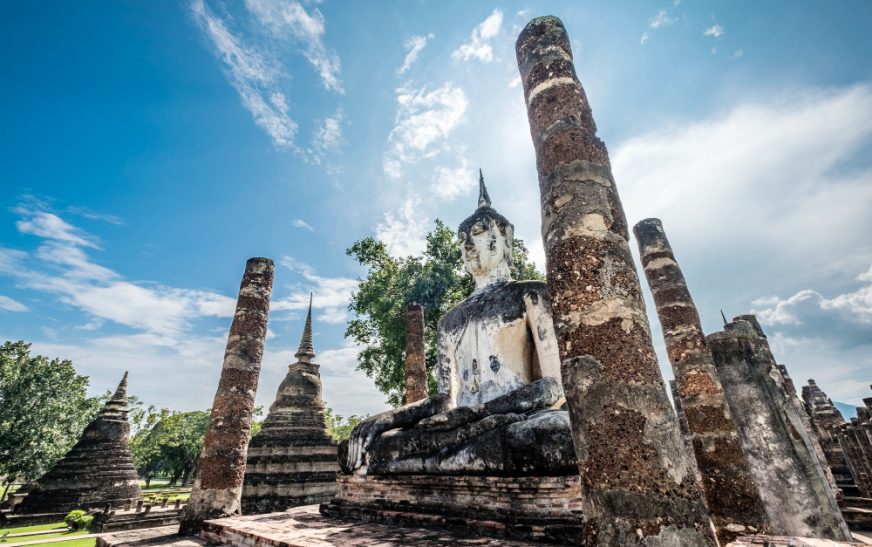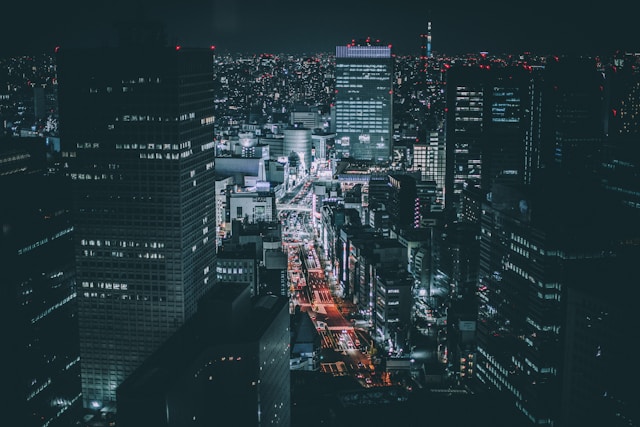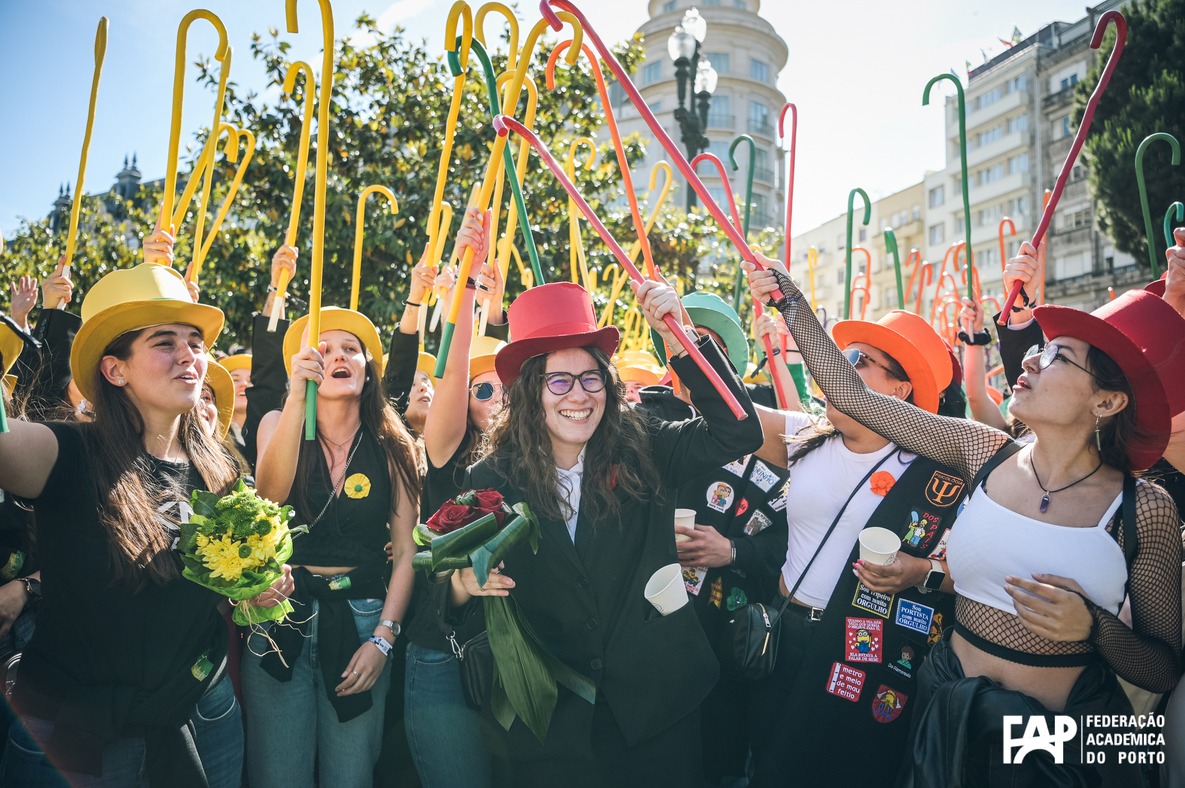Taman Ayun Temple, located in the Mengwi district of Bali, Indonesia, is a beautiful and historically significant site that offers a deep dive into Balinese culture, architecture, and spiritual traditions. Built in the 17th century by the royal family of Mengwi, it is surrounded by lush gardens and scenic water features, making it not just a place of worship but also a peaceful retreat for visitors. In this article, we’ll explore ten unmissable details about Taman Ayun Temple that you should look out for on your visit.
1. The Unique Temple Layout
One of the most striking features of Taman Ayun Temple is its unique layout, which is divided into three distinct sections. These represent the three levels of the Balinese cosmology: the underworld, the human world, and the world of the gods. The outermost section is where most visitors first enter, representing the realm of humans. The inner sections become progressively more sacred, with the final courtyard being reserved for gods and high-priest rituals. This symbolic layering makes the temple a key example of Balinese architectural design.
2. The Majestic Entrance Gate (Candi Bentar)
The temple’s entrance, known as Candi Bentar, is an unmissable feature that represents the gateway between the outer, secular world and the sacred space within the temple grounds. The split gate, typical in Balinese Hindu architecture, is both imposing and intricately carved with floral patterns and mythological creatures. As you pass through, it feels as though you are transitioning from the ordinary world into a spiritual sanctuary.
3. The Water Features and Moat
Taman Ayun, meaning “beautiful garden,” is surrounded by a wide moat, giving the appearance that the temple is floating. This water feature is not only aesthetically pleasing but also plays a role in symbolizing the temple’s sacredness, as water in Balinese culture represents purity. The water also nourishes the surrounding gardens, adding to the lush and serene atmosphere. Walking over the bridge to enter the temple feels like crossing into a tranquil and otherworldly place.
4. The Multi-Tiered Meru Towers
Inside the temple’s inner sanctum, you’ll find the iconic multi-tiered Meru towers, which are among the most photographed features of Taman Ayun. These pagoda-like structures, dedicated to various gods and ancestors, are built in odd numbers, typically ranging from three to eleven tiers. The tallest Meru towers in Taman Ayun are dedicated to the supreme gods and the ancestors of the royal family of Mengwi. The towers are designed to honor Mount Meru, the sacred mountain in Hindu and Buddhist cosmology.
5. The Beautiful Carvings and Statues
Taman Ayun Temple is adorned with intricate stone carvings and statues that depict Hindu deities, mythological creatures, and scenes from ancient epics like the Ramayana and Mahabharata. These artistic details are found throughout the temple grounds, from the entrance gate to the courtyards. Each carving tells a story, offering insight into the religious and cultural significance of the site. One particularly famous statue is that of Dewi Saraswati, the goddess of knowledge, wisdom, and the arts.
6. The Bale Bundar Pavilion
A unique architectural feature of Taman Ayun is the Bale Bundar, a circular pavilion situated in the garden. Unlike the more traditional square or rectangular pavilions found in most Balinese temples, the Bale Bundar is distinguished by its rounded shape, adding a unique element to the temple’s layout. This pavilion was used by the royal family for ceremonial purposes and is now a picturesque spot to take in the beauty of the surrounding gardens.
7. The Temple Gardens
The lush, well-maintained gardens surrounding Taman Ayun are a highlight of any visit. These tropical gardens are filled with native Balinese plants, blooming flowers, and manicured lawns, all designed to create a peaceful atmosphere. The gardens represent a microcosm of the Balinese landscape, and the trees and plants are often used for ceremonial offerings. Take time to stroll through these gardens and enjoy the serenity they bring to the temple complex.
8. The Pura Dalem Bekakak
Located within the temple complex is a small but significant temple called Pura Dalem Bekakak. This shrine is dedicated to spirits of the dead and is a place where rituals for the deceased are performed. Unlike the other parts of the temple that are dedicated to gods and ancestors, this section holds special importance for rituals related to the afterlife. The dark and mysterious energy of this temple contrasts with the rest of Taman Ayun, making it a fascinating spot to explore.
9. The Role of the Mengwi Royal Family
Taman Ayun Temple was built in 1634 by the king of Mengwi, I Gusti Agung Putu, as the family temple of the Mengwi kingdom. The temple played a significant role in the political and spiritual life of the royal family. To this day, it serves as a place of worship for the royal ancestors, and the descendants of the Mengwi family continue to participate in important ceremonies held at the temple. This royal connection adds an extra layer of historical importance to Taman Ayun.
10. The Annual Odalan Ceremony
If you’re lucky enough to visit Taman Ayun during its Odalan ceremony, you’ll witness one of Bali’s most spectacular temple festivals. This annual event celebrates the anniversary of the temple’s dedication, and it’s marked by colorful processions, traditional dances, and offerings to the gods. The temple grounds come alive with worshippers dressed in ceremonial attire, bringing offerings of food, flowers, and incense. The festival offers a rare glimpse into the deep spiritual life of the Balinese people.
Conclusion
Taman Ayun Temple is not only a place of worship but also a site of great cultural and historical importance. Its stunning architecture, tranquil gardens, and rich spiritual atmosphere make it a must-visit destination for anyone traveling to Bali. From its intricate carvings and majestic entrance gate to the serene water features and sacred Meru towers, the temple offers countless details that tell the story of Bali’s royal history and religious traditions. Whether you’re a history buff, a photography enthusiast, or simply seeking peace and tranquility, Taman Ayun will leave a lasting impression on your heart and mind.
FAQs
1. What is the best time to visit Taman Ayun Temple?
The best time to visit Taman Ayun Temple is during the morning or late afternoon when the weather is cooler and the temple is less crowded. If possible, try to visit during the temple’s Odalan ceremony, which occurs once a year, for a truly unique cultural experience.
2. Is there an entrance fee for Taman Ayun Temple?
Yes, there is a small entrance fee to enter Taman Ayun Temple. The fee helps maintain the temple and its surroundings. Prices are affordable, making it accessible for all visitors.
3. How long does it take to explore Taman Ayun Temple?
You can comfortably explore Taman Ayun Temple in about 1 to 2 hours. This gives you enough time to admire the architecture, walk through the gardens, and take in the peaceful surroundings.
4. Can you take photos inside Taman Ayun Temple?
Yes, photography is allowed throughout most of the temple grounds. However, it’s essential to be respectful, especially in sacred areas, and to avoid taking photos during ceremonies or rituals unless permitted.
5. Is Taman Ayun Temple suitable for families with children?
Absolutely! Taman Ayun’s beautiful gardens and serene environment make it a great place for families to visit. Children will enjoy exploring the open spaces, and the educational aspect of the temple’s history adds to its family-friendly appeal.









